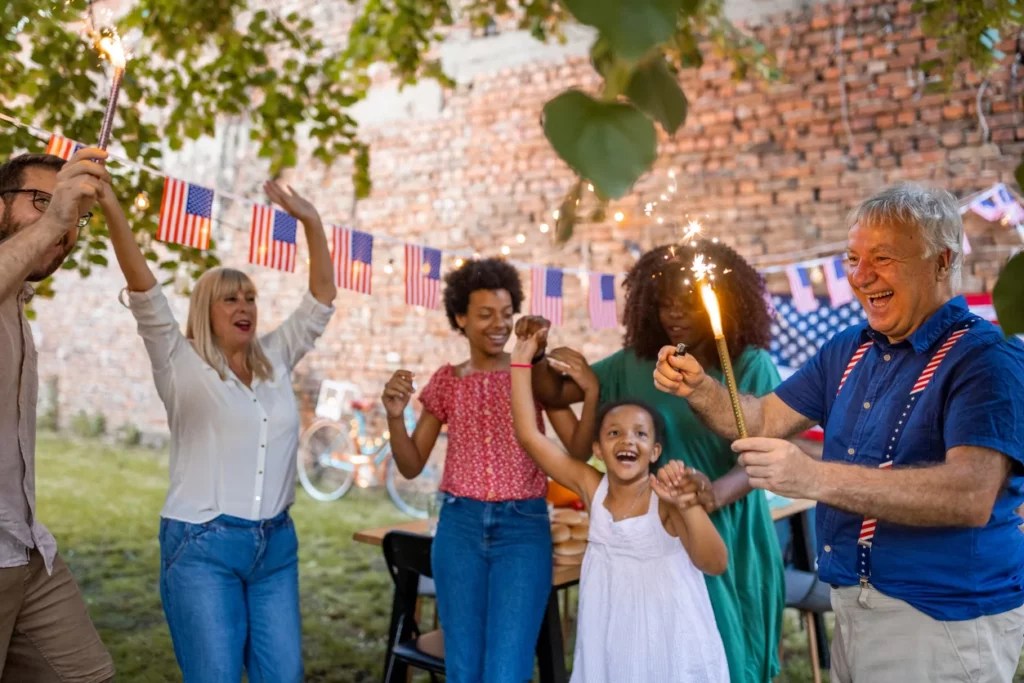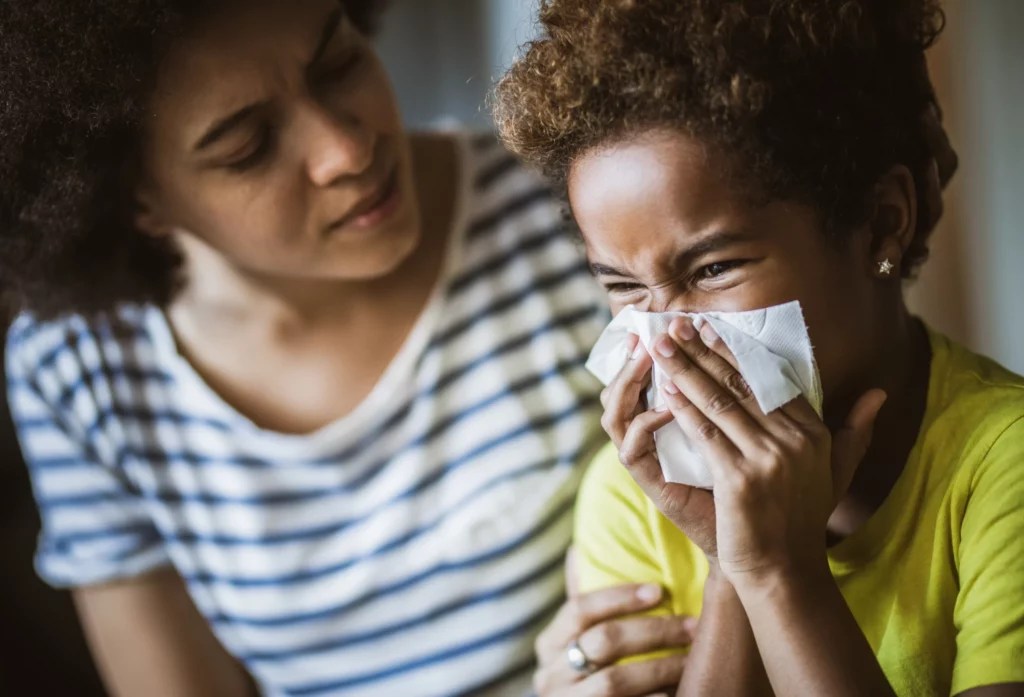Breakthrough diabetes and weight loss medication may lower a patient’s risks of common cancers closely linked with obesity, a study published on Friday suggests.
Patients taking Ozempic for Type 2 diabetes management developed fewer obesity-related cancers than patients on insulin alone, according to the new study from a team of researchers at Case Western Reserve University School of Medicine.
Ozempic, along with the newer drugs Wegovy, Mounjaro, and Zepbound, all belong to the GLP-1 drug class. These have shown dramatic progress in reducing the side effects of obesity, including heart attack, stroke, and obstructive sleep apnea.
Researchers used the electronic health records for more than 1.6 million Type 2 diabetes patients for a 15 year period ending in 2018. They found patients on GLP-1 had a significant risk reduction for 10 of 13 tested obesity associated cancers.
The newer drug, however, performed equally as well as the older diabetes medication metformin. The study also found that patients on GLP-1s may have a slightly elevated risk of kidney cancer compared to metformin.
Excessive body fat increases the risk of developing a variety of cancers that make up 40% of all cancer diagnoses in the United States, according to the Centers for Disease Control and Prevention.
Body changes due to obesity and being overweight, including long-term inflammation and higher insulin levels, are thought to be related to colorectal, gallbladder, liver, and pancreatic–all of which were significantly reduced by GLP-1s in the new study.
CLICK HERE TO READ MORE FROM THE WASHINGTON EXAMINER
Post-menopausal breast cancer and thyroid cancer risks did not decrease or increase due to the use of GLP-1s.
The American Cancer Society estimates that there will be over 2 million new cancer cases and over 611,000 cancer deaths in 2024.





